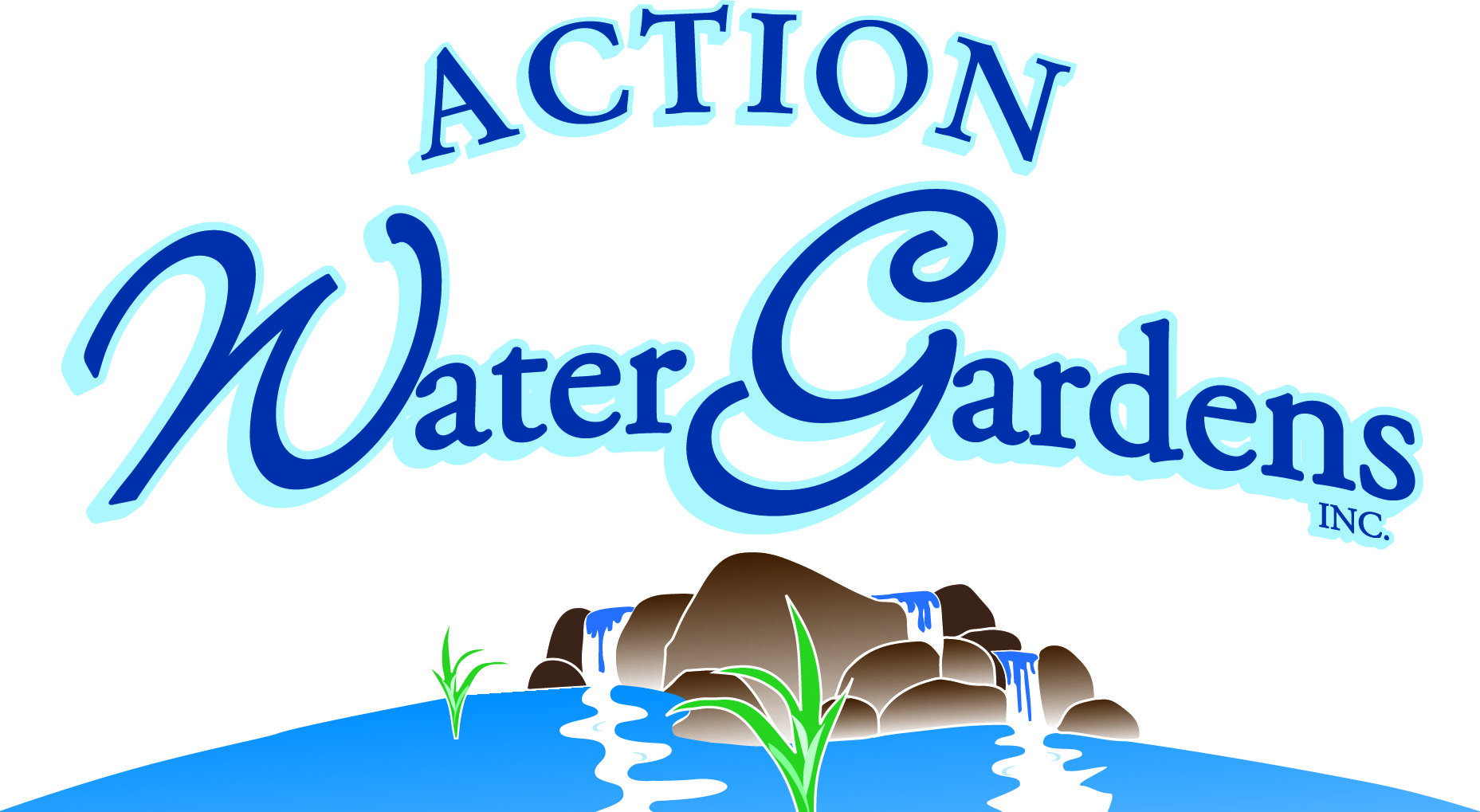Top Ten Algae Control Methods
To all pond owners and water garden hobbyists! There is a solution to that dreaded green monster we call- algae! “Ahhhh don’t even say that word!” screams my brain. Honestly just even uttering that word makes me think our enemy the ‘green monster’ will appear. If you can relate to this very thought as well and that you are suffering from algae problems, then keep on reading because in the article below it gives a healthy bunch of suggestions and even products that will immensely help in the effort of drastically reducing and eliminating algae.
Aquascape Beneficial Bacteria: Contains bacteria and enzymes that are specifically blended to be effective at reducing sludge, uneaten fish food, fish waste, and excess nutrients that cause poor water quality and clarity. Blended and tested to produce maximum results in ornamental ponds.
Aquascape EcoBlast™: EcoBlast™ is Aquascape's #1 treatment for breaking down algae. It is fast-acting and works on contact. It is not temperature sensitive and can be used during cold temperatures, and it is safe for fish.
Aquascape S.A.B.™: This is formulated to help reduce pond maintenance and promote the growth of beneficial bacteria and enzymes. S.A.B.™ will assist in the breakdown and reduction of debris in the stream, waterfalls, and pond.
Plants: Plants directly compete with algae for nutrients and sunlight are probably the most important addition to your pond. Add a wide variety of plants to your pond. This not only creates a natural look but also will help reduce the algae in different areas of your pond.
Place water hyacinth and water lettuce in your BIOFALLS® filter. These floating plants reproduce rapidly using up enormous amounts of nutrients. A stick placed across the front of the BIOFALLS® filter will prevent the plants from flowing over the front of the waterfalls and into the pond.
Plenty of bog and marginal plants should be added to the pond. Plants such as cattails and iris take up large quantities of nutrients. They are hardy and will be back each spring to help you balance your pond.
Cover the water surface of the pond by planting lilies. Lily pads float on the top of the pond- shading the water.
Physical Removal: Physically remove clumps of string algae if it begins to overtake the pond. Pull or cut away the algae where it is attached. Think of it as "weeding the pond." Use an algae treatment after physically removing the algae.
Koi: Adding koi over 10 inches in length will greatly reduce string algae. The koi, if not overfed, will graze on the string algae in the pond. Be sure to only feed the fish what they can consume within a few minutes. Fish food that is not eaten by fish will decompose in the pond and increase nutrient levels.
Fix Leaks: Tap water can have an abundance of nutrients in it. Continually adding large quantities of tap water to compensate for a leak can actually promote algae growth. Fix leaks when they are discovered.
Control Run-Off: Never use lawn fertilizer or insecticides on trees around your pond or on areas of your property that will drain toward your pond. Lawn fertilizer and insecticides will cause large algae blooms as well as severely threaten the aquatic life inside your pond.
Remove Debris: Keep your pond free of debris. Don't let the skimmer debris net overfill with leaves. Decaying debris in the skimmer will contribute to unwanted nutrients.
